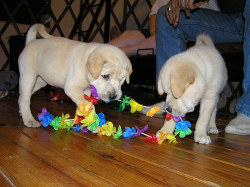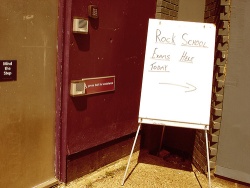It's a Small World

Image by angel_shark (Access: 29.09.2009)
Short description
Students will choose an animal they think they would like to have for
a pet. They try to find out what environment they would have to
build/create to keep this pet at their home. Students will write, in
letter format, a convincing argument to justify why they should be
allowed to have this animal for a pet. Students will present their
argument to the class. The letter should include a picture of their
pet, a description of a healthy environment for their pet, its needs
(special foods, etc.) and more.
Process description
Read the background of this activity to the class.
Discuss what the students should be looking for when they conduct
their research at big chalk.
Write an example of the kind of notes they should take.
Go over Activity 1 with students.
Have students individually explore the Internet to learn more about
a favorite animal.
Complete Activity 1. Outline of Procedure – Day 2
Students should finish Activity 1 if it isn’t complete. Using the
notes they took and Activity 1, students should write a convincing
argument to persuade their parents to let them have this pet.
Students should sketch pictures of the housing they will provide
for their pet and include ideas on how they will support it (i.e.,
pay for its care!). Outline of Procedures – Day Three
Students should be given 10 minutes to put their work together in a
folder or notebook.
Student should read their argument to the class.
Students should turn in their notebooks.












